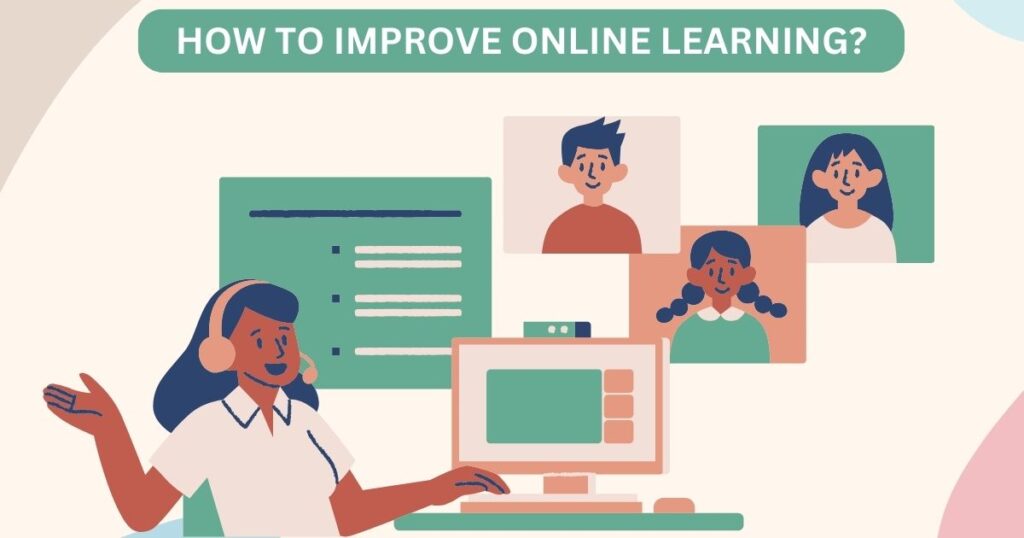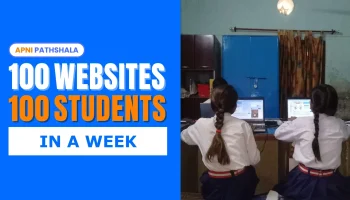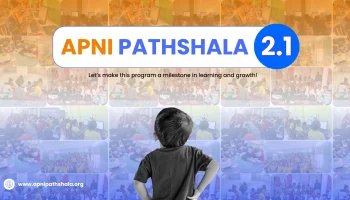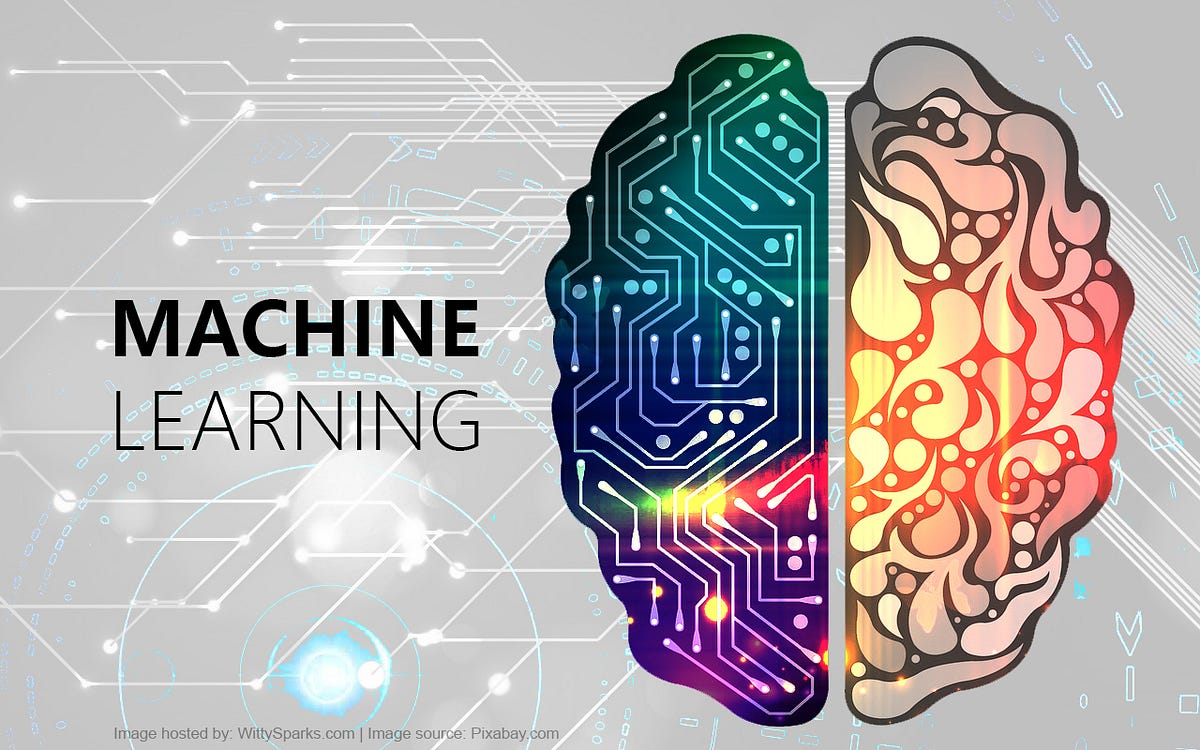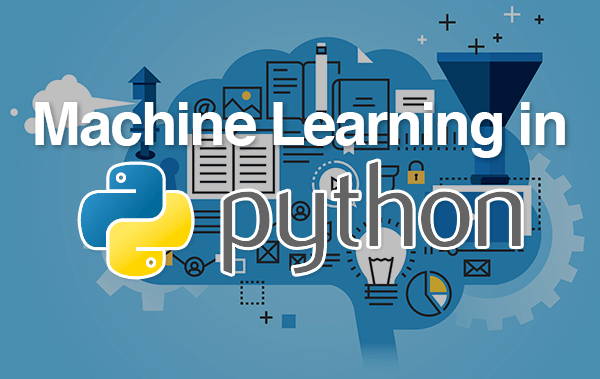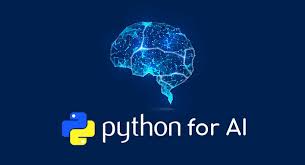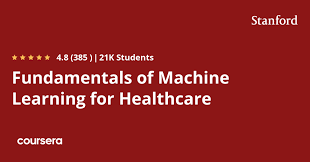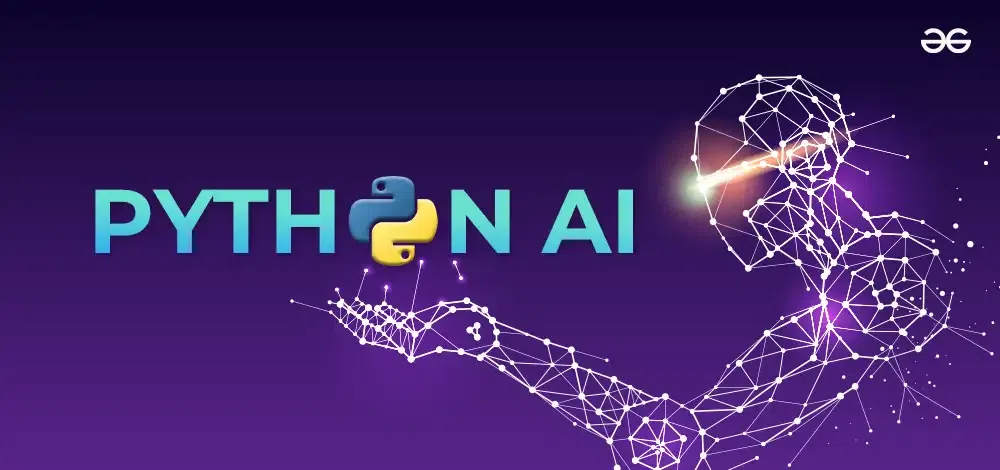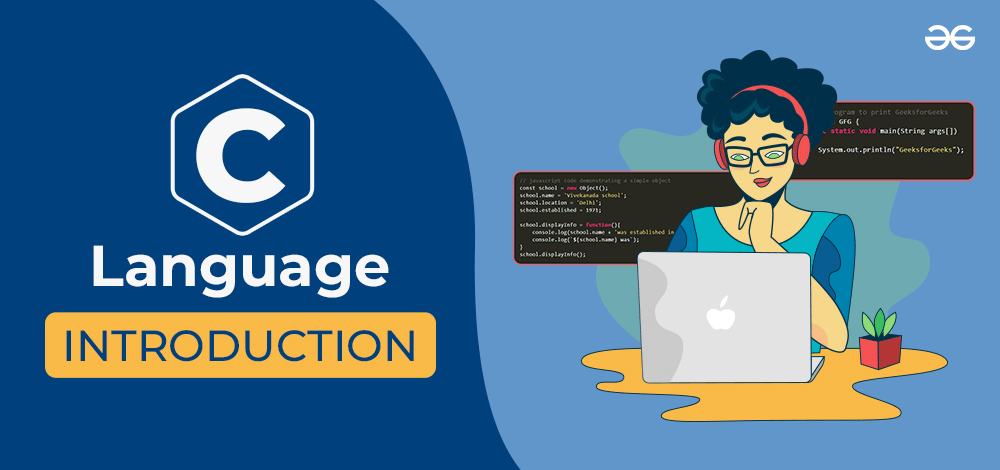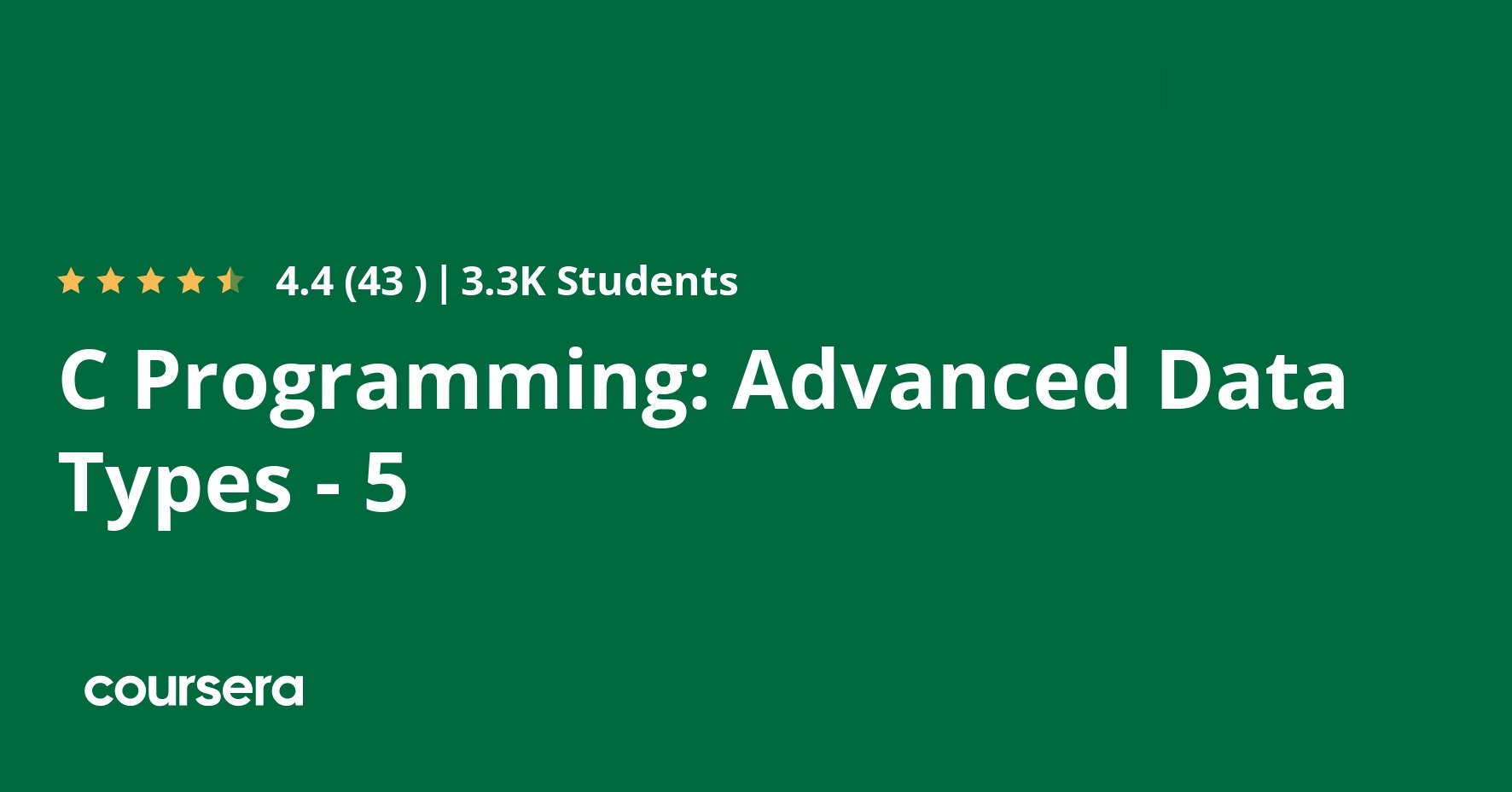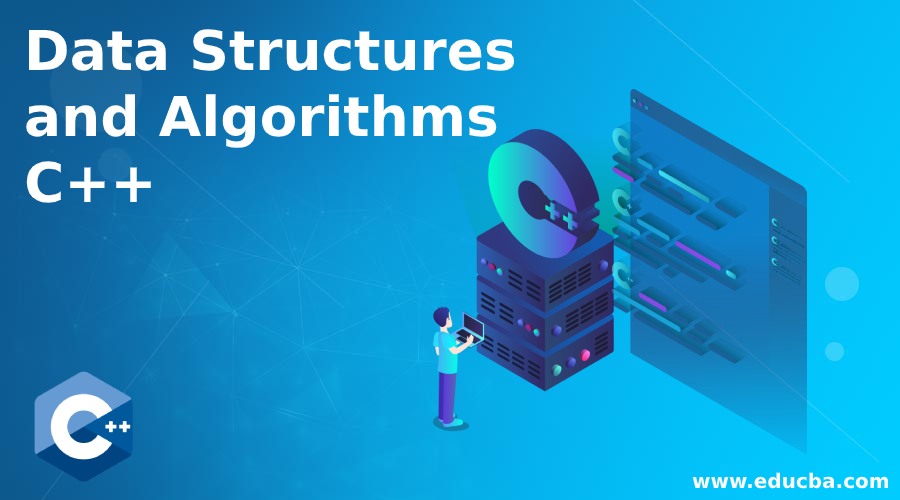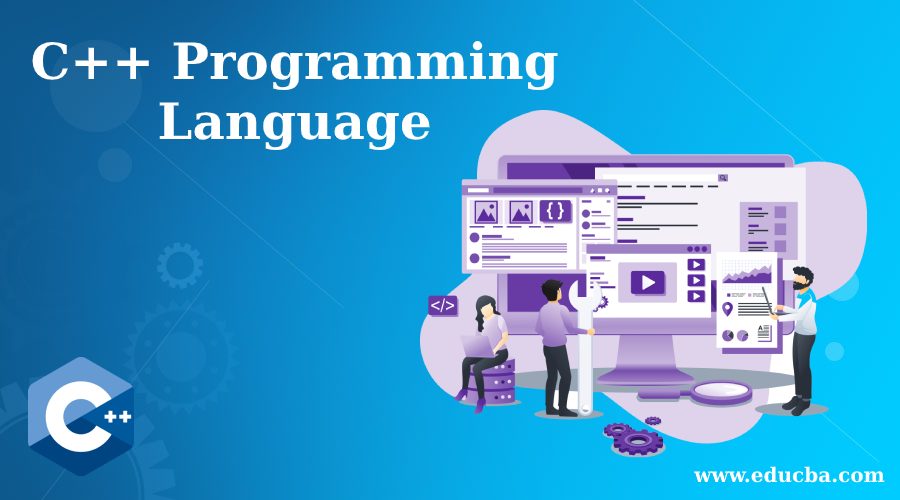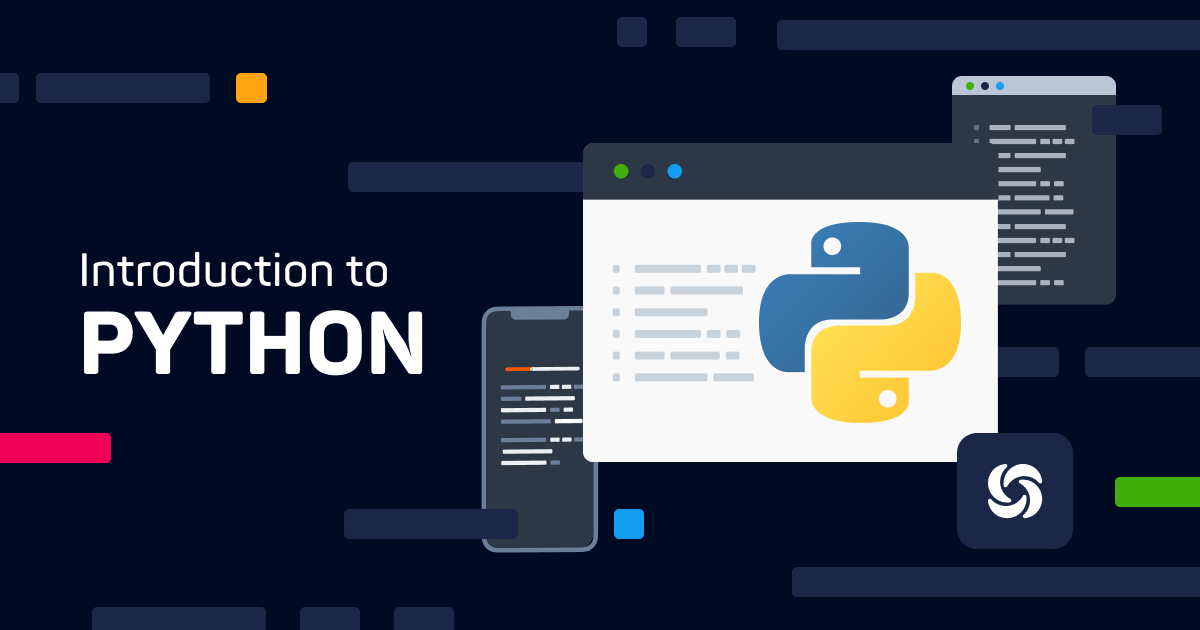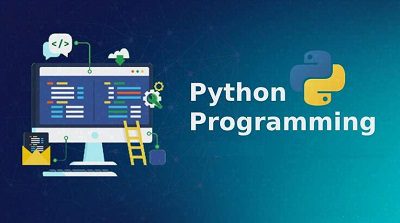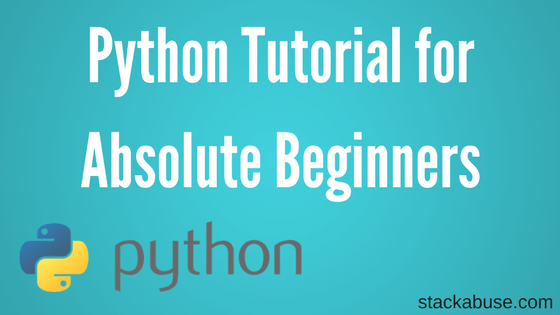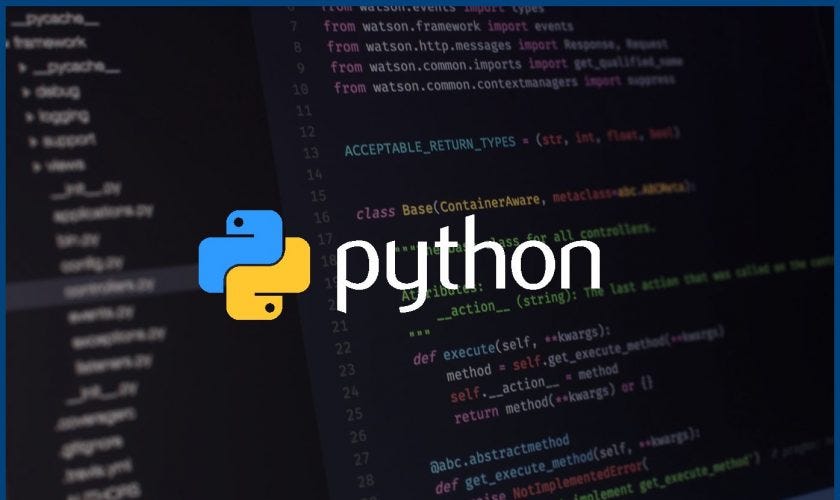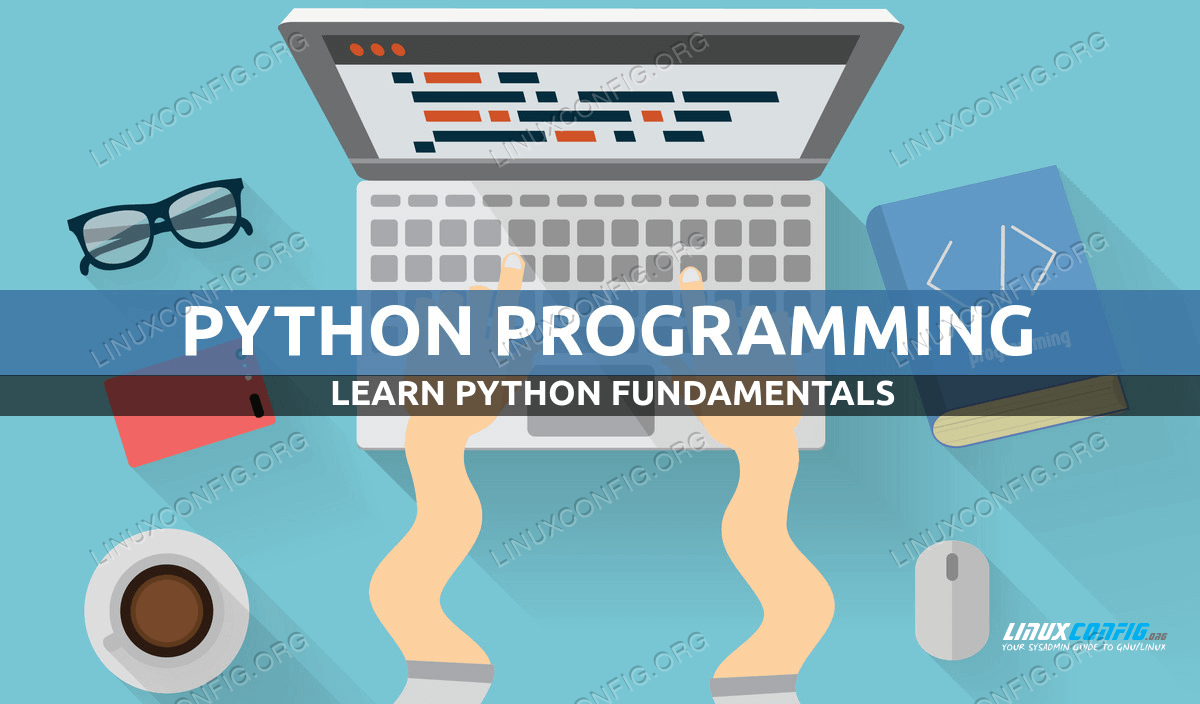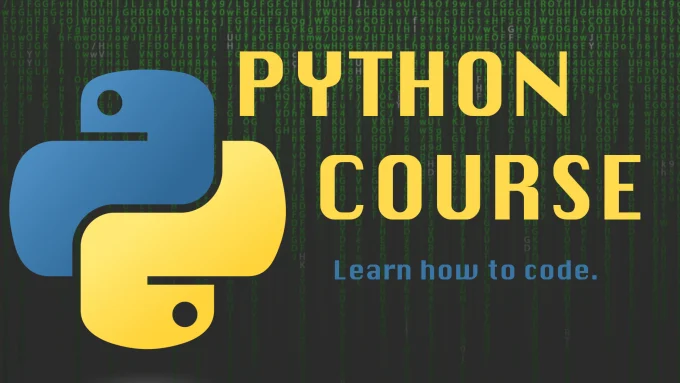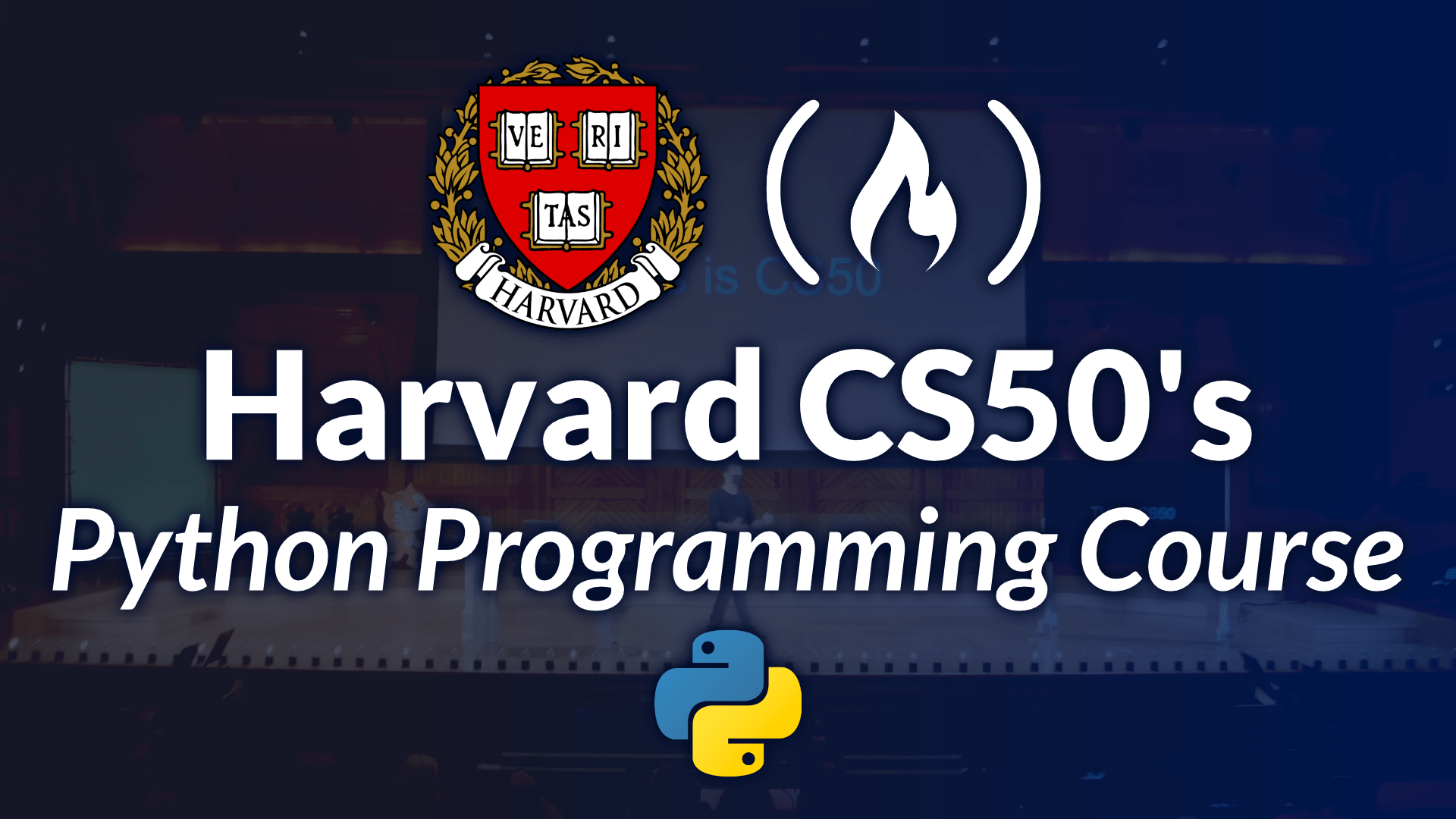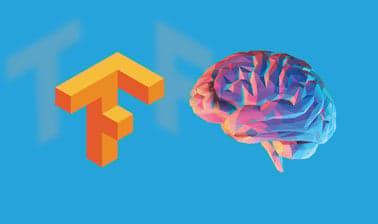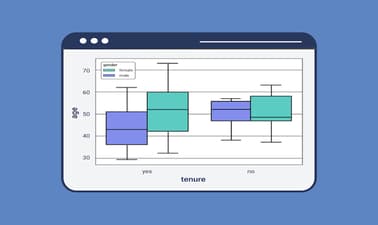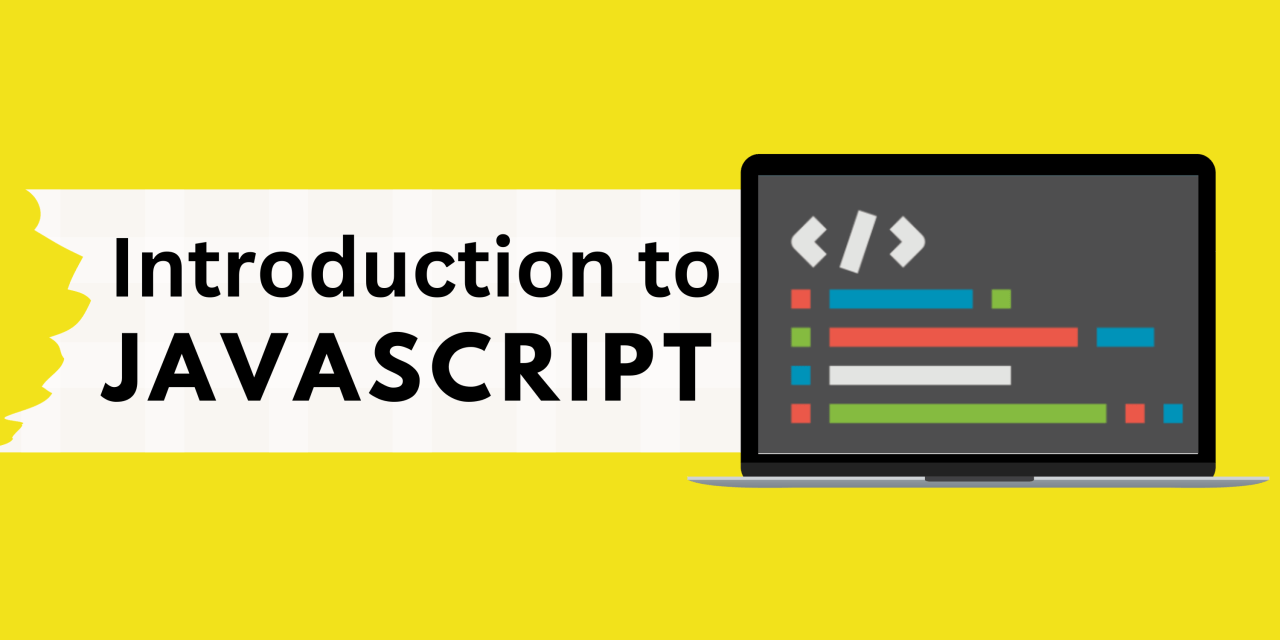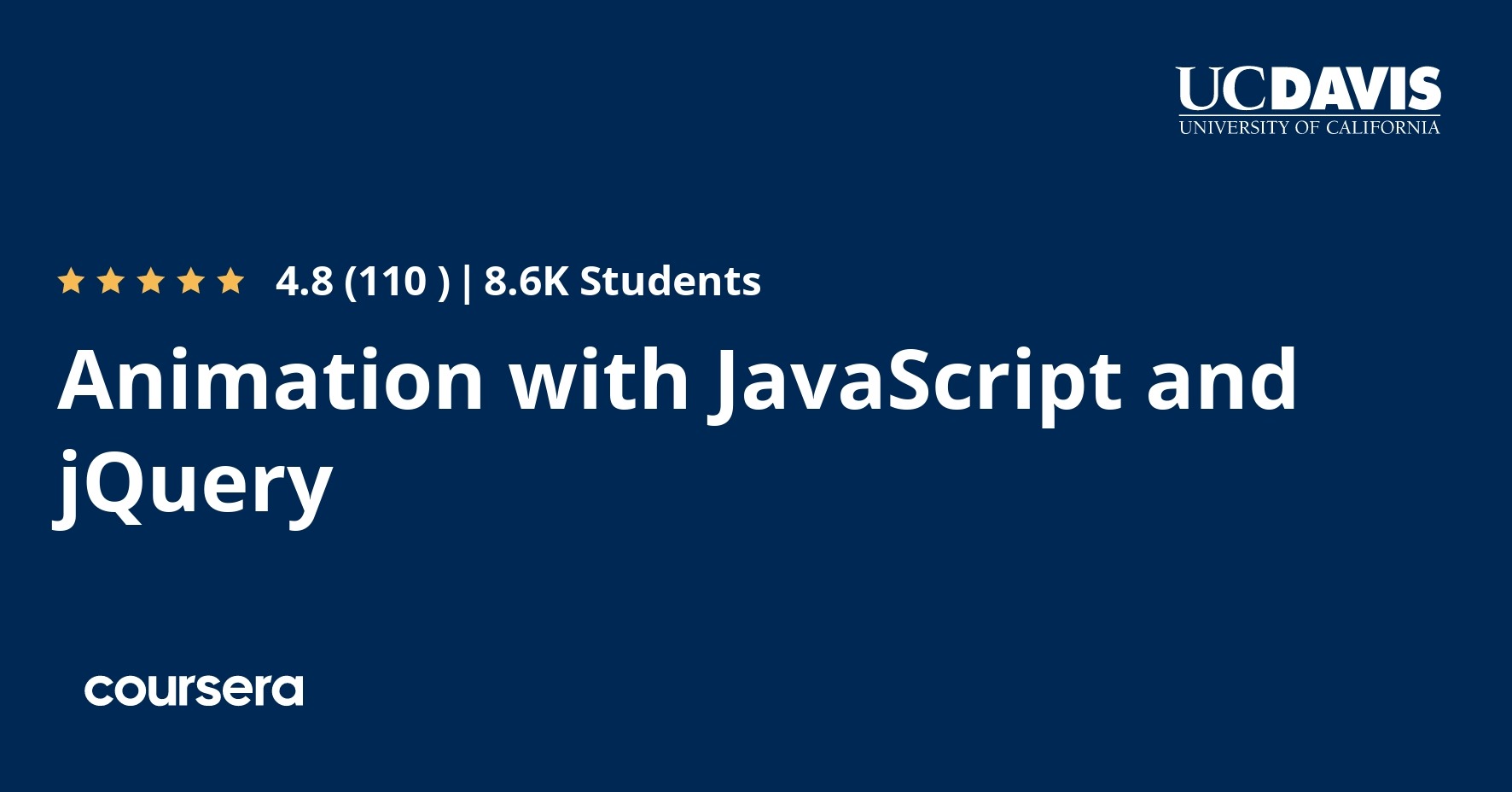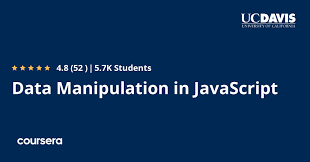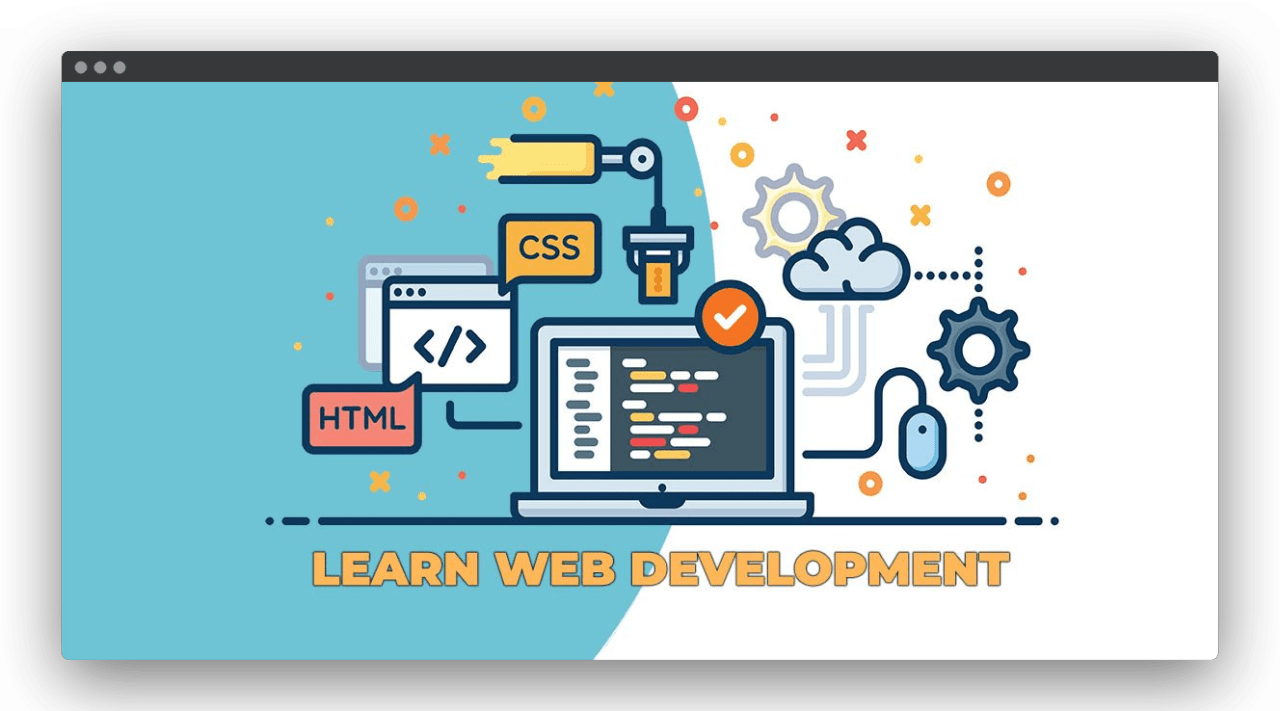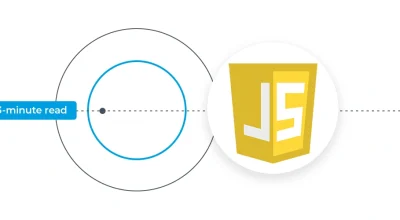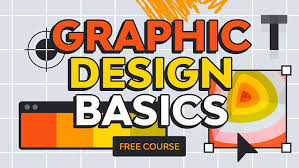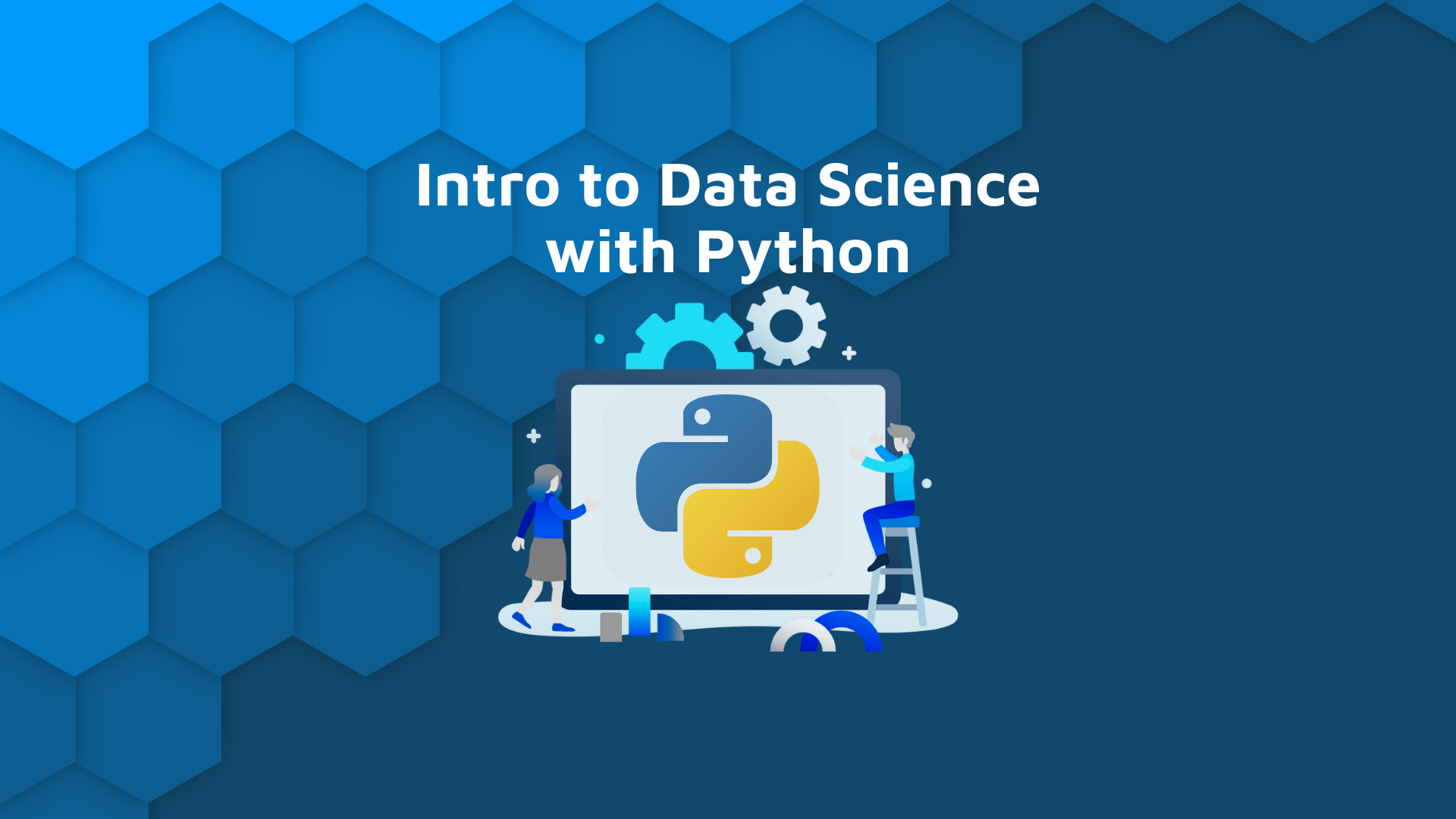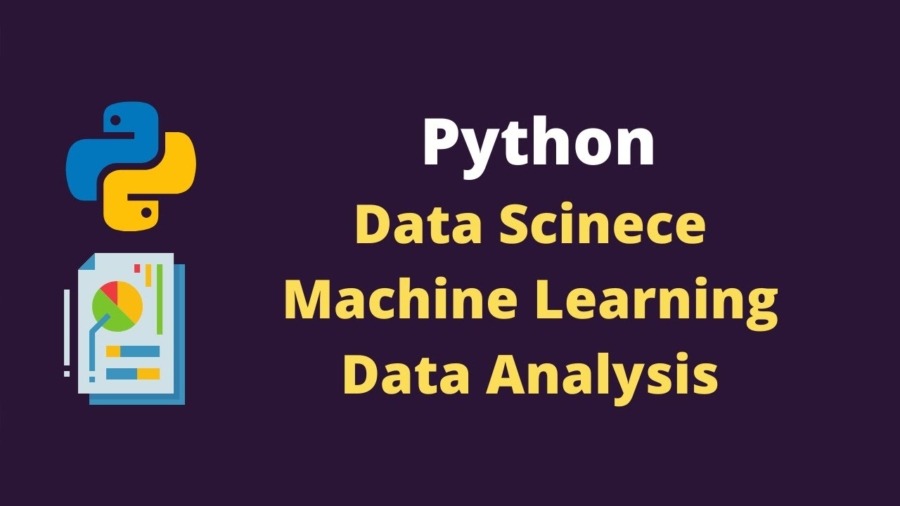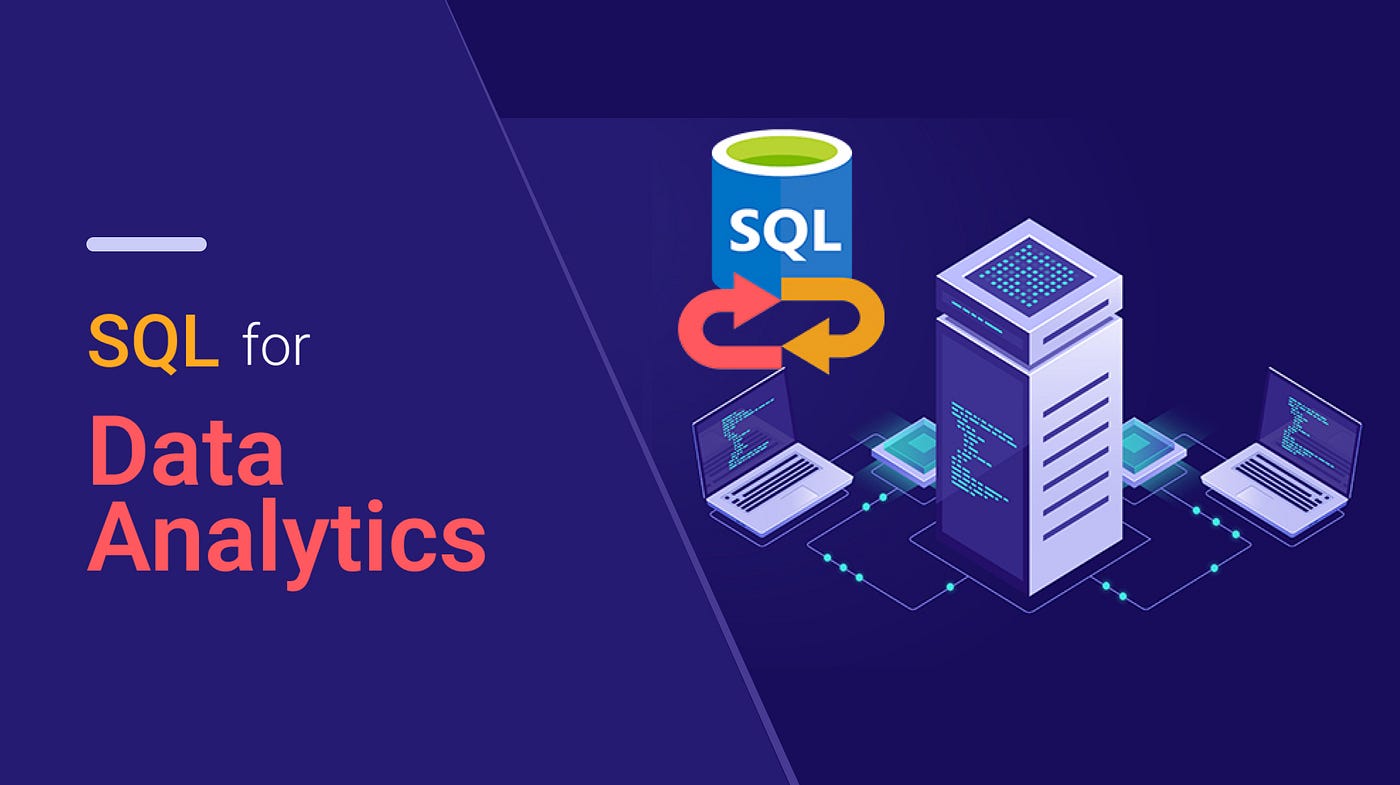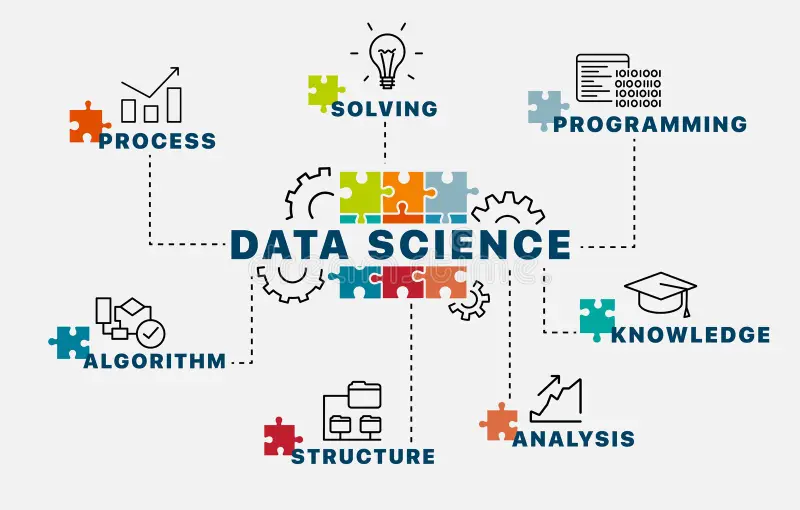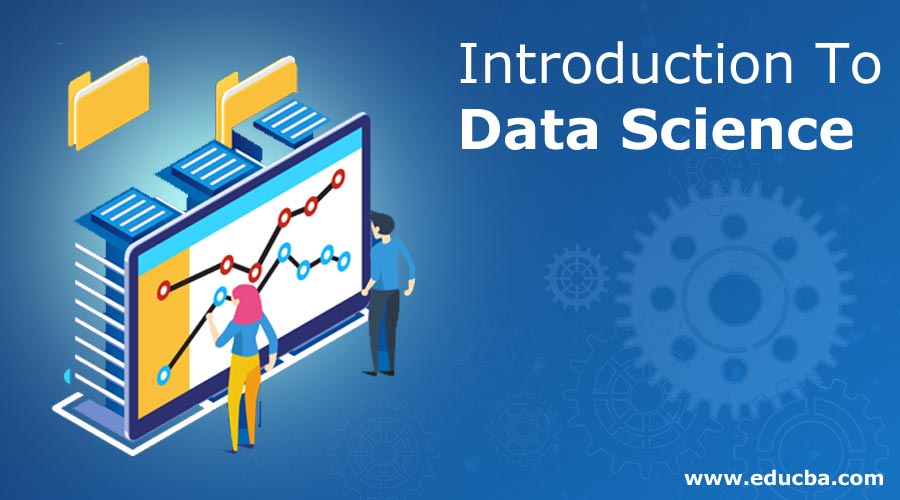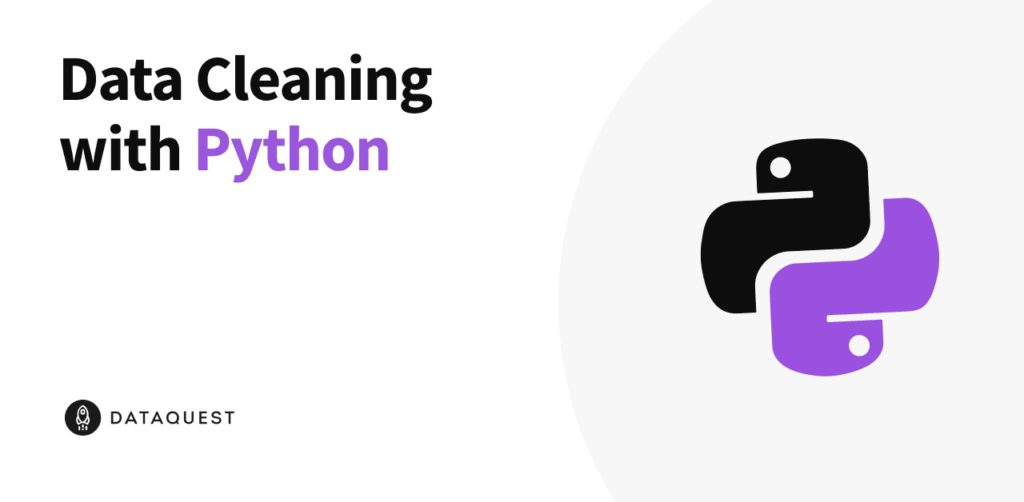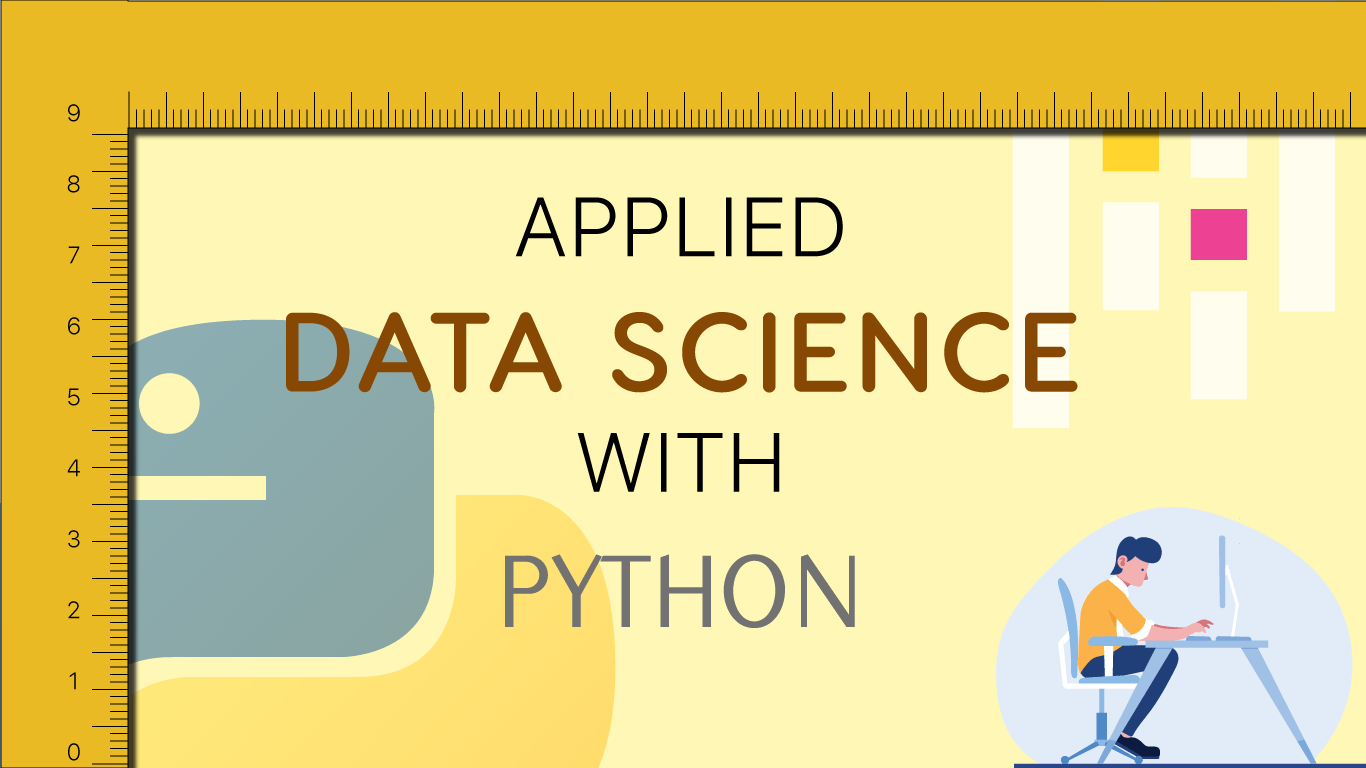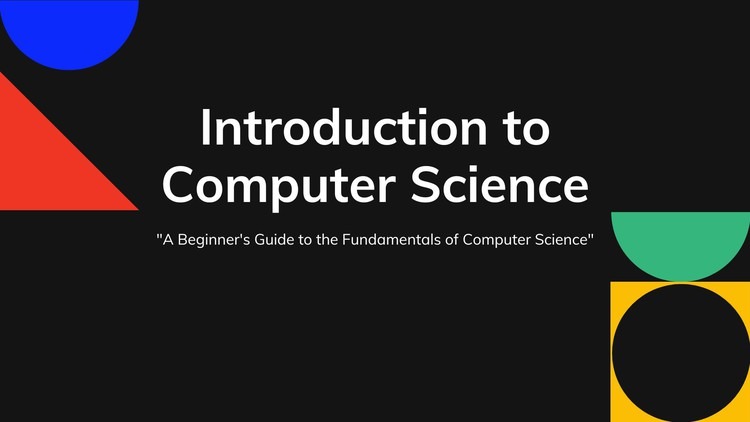A chinese proverb goes by “Do not confine your children to your own learning, for they were born in another time”, and i couldn’t agree more! If I would have told anyone in the 19th century or even in the early 2000’s about the world of online education, they definitely would have laughed in my face. Because, the way everything around is changing, it’s impressive and scary at the same time. But let’s be honest, is it perfect? Ofcourse, online education has come a long long way, but still there are areas where improvements are required. To help you further, we have prepared this guide that tells 5 important steps to improve online learning by telling the right use of technology in online education and some effective online teaching methods.
1. Use Advanced Technology in Online Education
Technology is the backbone of online education. By using technology like Artificial Intelligence and Machine Learning, online education can become more adaptive to meet unique needs of different students. Some are more comfortable with quizzes, some with video lectures and some with gamified learning. In traditional learning, you just cannot do it differently for different students. But, with technology in online education- everything is possible!
These tools also analyse student performance in real-time, suggesting additional resources, quizzes, or personalised learning methods based on each student’s weaknesses and strengths. Isn’t that a great step to improve online learning?
- AI Personalization: Imagine having a virtual tutor that knows exactly where you struggle and offers extra help at just the right moment. That’s the power of AI in education! AI systems have the ability to track each student’s progress, identify areas of weakness, practice quizzes, and even provide explanations for tricky topics. For those who get and learn concepts quickly, the system allows them to move ahead without waiting for others. This use of technology in learning ensures that no student is left behind, and everyone learns at their own pace.
- Virtual Classrooms: Advanced learning management systems (LMS) have totally changed how we experience online classes. Features like chatbots provide instant answers to questions, while virtual whiteboards enable real-time collaboration- allowing students to interact just like they would in a physical classroom. Need to revise a tough concept? No problem! With video lessons that can be rewatched as many times as needed, students can understand at their own pace.
2. Interactive Learning Tools
Now that you are doing something different than the traditional learning, you need to do something interesting and offbeat. Something that keeps children engaged. Something that makes them enjoy studying. For this, it’s essential to make use of interactive learning tools. These tools change the old boring passive learning into an active and fun process. And who doesn’t love fun? Also, the more involved a student is, the higher their retention and understanding of the material.
- Gamification: Everyone loves a little competition, right? Adding elements of games can make learning feel like a game. You can award students points, badges, or even rewards for completing quizzes or challenges.This is like levelling up in a video game-students stay motivated to keep learning, and it adds an extra excitement to the overall process. Gamified learning encourages friendly competition and pushes students to do their best, whether they’re solving maths problems or learning a new language.In this way, instead of procrastinating and thinking how boring studying is going to be, they’ll be more than excited to learn new topics!
- Virtual Reality (VR): Imagine being able to “visit” ancient civilizations or explore the human body from the inside. With virtual reality, students can now travel to new worlds where they can experience history, science, and even art firsthand. It’s a powerful tool that brings subjects to life, making difficult concepts easier to study while making learning far more interactive and fun.
- Augmented Reality (AR): Augmented reality is like sprinkling magic to real-world lessons. For example, in science classes, AR can project 3D models of molecules or planets that students can interact with, helping them understand these complex concepts. In history, AR can show historical scenes onto the real world, allowing students to “see” events as they happened. This kind of visual learning makes subjects more engaging and easier to remember. This would eventually improve online learning. This way, the use of technology in online education would be the most perfect one. Trust me when i say this, children these days got quite lucky with studying!
3. Effective Online Teaching Methods
Teaching online is more than just moving a traditional class onto a screen- it’s more about how to deliver content and engage students in a virtual space. To improve online learning and make it more effective, you need to mix things up a little bit and create a learning environment that keeps students connected and motivated. Remember, we are trying to make things different from normal schooling- so you need to follow these effective online teaching methods!
- Balanced Teaching Approach: Balance is the key, remember it always. If you are using technology in online education, at least use it in an effective and balanced way. Online teaching works best when there’s a balance between live and pre-recorded lectures. Live sessions offer real-time interaction, letting students ask questions and engage with their friends. On the other hand, pre-recorded lessons give students the flexibility to learn at their own pace, pausing and rewatching content when needed. This combination is the ultimate and it provides the best of both worlds.
- Clear Learning Objectives: Another thing, but really important is to define clear objectives. This is basically the foundation of whole teaching. Before you start course material, it’s important to clearly outline what students are expected to learn. At the start of each course or module, set specific learning goals. This gives students a clear sense of direction and helps them understand the purpose behind each lesson. When students know what they’re aiming for, they feel more confident and motivated to achieve it.
- Engage Students Actively: Don’t let online learning feel like a one-way street. It is not supposed to be just another youtube video they usually watch. Encourage active participation by asking questions during live sessions, using polls, and creating interactive quizzes. Group discussions, allow students to engage with one another and share their ideas. The more students are involved in the learning process, the more it’ll benefit them.
4. Teach about real world issues
Coming to another factor to improve online learning, which is based around engaging students using real world examples. To truly engage students, it’s important to connect classroom lessons with real-world applications. Otherwise, it will be just another regular class that we grew up despising. When students see how what they’re learning applies to real-life situations, they’re more likely to stay interested and motivated.
- Use Case Studies and Projects: Instead of focusing only on theory, bring in case studies that show how concepts work in the real world. For example, if you’re teaching business, you can tell how companies handled a crisis or made key strategic decisions. If it’s a science course, you can discuss how specific scientific discoveries have impacted our daily lives. Practical projects where students solve real-world problems also give them real life experience. When students can apply their knowledge to realistic scenarios, they’re more interested in knowing what they’re learning because it feels meaningful and connected to life outside the classroom.
- Bring in Guest Speakers: You can also bridge the gap between classroom and real world by inviting industry experts or professionals to speak with students and provide a fresh perspective on how the skills they’re learning are used in the real world. Whether it’s a scientist, entrepreneur, or tech expert, hearing from someone who works in the field can be a great experience. Live Q&A sessions allow students to ask questions directly from these professionals, which can make the learning experience more dynamic and inspiring.
5. Boost Student Participation in Online Classes
Do you like speaking to or teaching a wall? I bet that is what it feels like teaching a class with no student participation. Boosting student participation in online classes is essential for maintaining engagement and ensuring students stay invested in their learning. This step is extremely important if you want to improve online learning.
- Interactive Polls and Quizzes: One of the easiest ways to keep students engaged is by adding interactive learning tools and elements like polls and quizzes throughout your lessons. Instead of just watching a video or reading through slides, students can answer questions in real time. Quizzes also give them instant feedback on their understanding, while polls let them share opinions or thoughts, making them feel more involved in the lesson. Plus, these activities break up the content and keep students on their toes!
- Live Discussions: Next is including live chats, video discussions, or even group presentations that bring a social element into online learning. When students can ask questions, discuss ideas, or present their projects in real time, it makes the experience feel more interactive- similar to a traditional classroom. Live discussions also encourage critical thinking, as students get to express their opinions and debate ideas with their classmates, creating a deeper understanding of the subject matter.
What are the challenges in online education?
Nothing’s perfect in this world. And, online education is no exception. While technology in online education offers flexibility and access to learning, there are several key challenges that educators and students face. Also, we have listed a particular solution to that specific problem that will help to improve online learning.
- Lack of Personal Interaction: Without the face-to-face engagement of traditional classrooms, students can feel isolated.
What is the solution?: Encourage more live sessions and group activities to include a sense of community.
- Technology Barriers: Not all students have access to the necessary technology, such as a strong internet connection or a device.
What is the solution?: Schools and institutions should provide guidance on affordable tech tools or offer loan programs for students in need.
- Maintaining Focus and Motivation: Online learning requires greater self-discipline, which many students struggle with.
What is the solution?: Use interactive tools and gamification techniques to make learning more fun and engaging.
In order to improve online learning, you need a good and balanced combination of technology, effective online teaching methods, and interactive learning tools. By focusing on these five tips, educators can significantly enhance student experiences, resulting in higher participation and course completion rates. With the right approach, online education can be just as effective-if not more-than traditional classroom settings!

